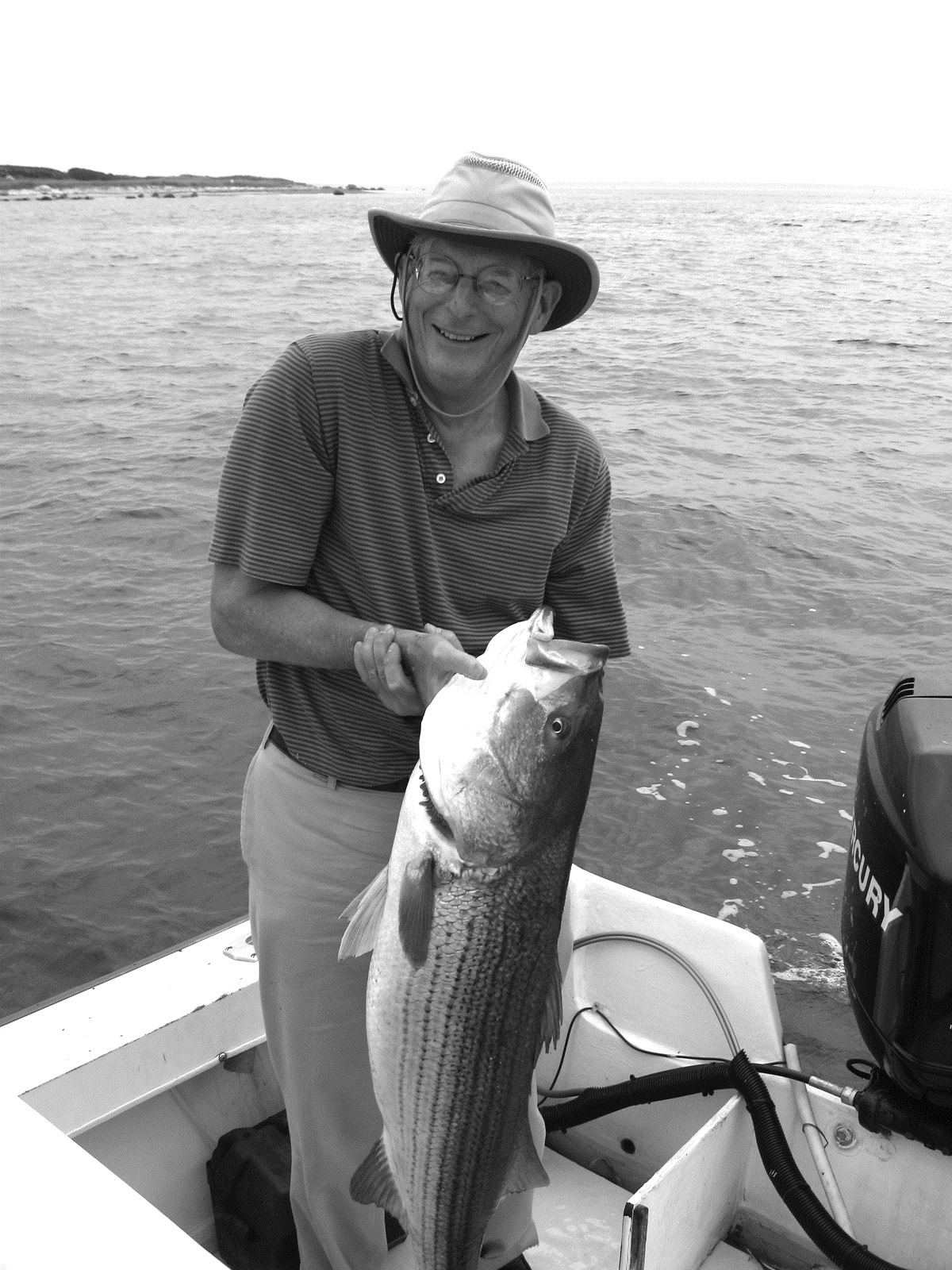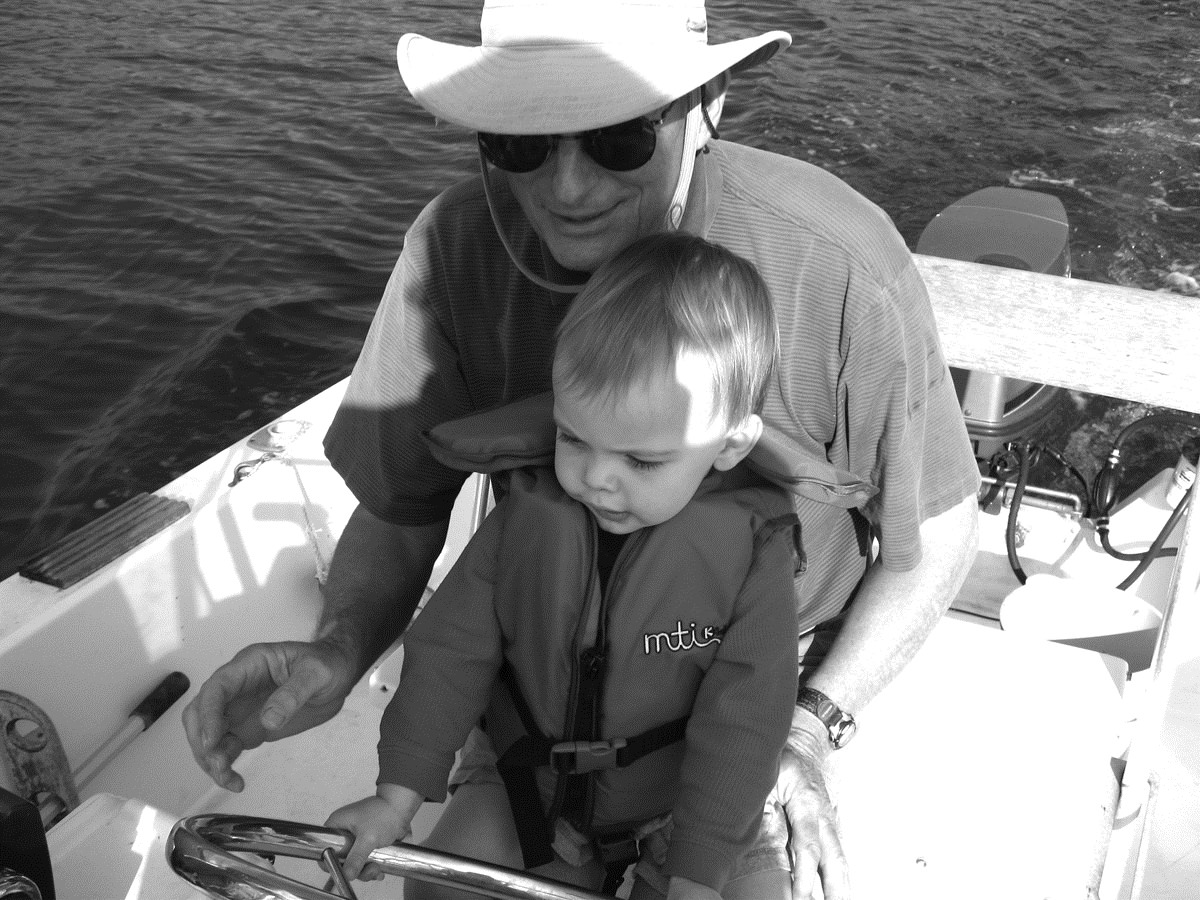“A lot of what happens to people happens as a result of chance, and it pays to be lucky,” says Peter Bartlett Moore, Sterling Professor of Chemistry,with joint appointment in the Department of Biophysics and Biochemistry, at Yale University.
Moore gained an early appreciation of biology from his father, who was professor of surgery at Harvard University and ran the surgical services at Peter Bent Bingham Hospital. Two high school teachers, one who taught mathematics and another who taught chemistry and astronomy, steered him in a more physical direction.
After completing his undergraduate degree at Yale, Moore opted, “for no terribly good reason,” to get his graduate training in biophysics at Harvard University. It was a fortuitous move, as his research supervisor was James Watson, famed for his double helix work. At Watson’s suggestion, Moore started working on ribosomes, which became the focus of most of his career.
For Moore’s postdoc work, Watson pointed him toward the University of Geneva, and then the Medical Research Council (MRC) Laboratory of Molecular Biology at Cambridge. As a result of this providential move, in the laboratory of H. E. Huxley he started working in the area now known as “structural biology.”
 Moore considers his appointment at Yale in 1969 another bit of “dumb luck.” When he left Yale as a student, he did not consider the department a desirable place to work. By the time he entered the job market, though, it had been totally restructured and had become “a very attractive place” for the young scientist.
Moore considers his appointment at Yale in 1969 another bit of “dumb luck.” When he left Yale as a student, he did not consider the department a desirable place to work. By the time he entered the job market, though, it had been totally restructured and had become “a very attractive place” for the young scientist.
Throughout his early career, Moore often seemed to be in the right places at the right times. “For scientists of my generation who got trained in well-established laboratories, the path forward was remarkably smooth.” Jobs were plentiful as university science programs expanded, and NIH funded beginners “so they could show what they were made of,” he says. “I wish it were so easy for my younger colleagues today.”
His Yale colleague, Donald Engelman, debunks Moore’s Contention that his success is purely attributable to luck, noting that Moore commits himself fully to making the best of a given opportunity. Their 1971 lunch chat idea about applying neutron scattering to map and triangulate proteins of the ribosome resulted in more than 15 years of an“amazing series of scientific adventures, about twenty co-authored papers, and a map of the small ribosomal subunit.”
Moore has pursued several kinds of research over his career, including standard biochemistry/molecular biology in the early days, electron microscopy at Cambridge, and neutron scattering soon after starting at Yale. Around 1980, he took a sabbatical to learn nuclear magnetic resonance (NMR), which his group pursued until recently. Around 1990, he says, he became increasingly involved in X-ray crystallography. His research interests include the structure and function of macromolecular assemblies, RNA structure and function, and ribosomes.
For Moore, the most significant development with which he was involved was—in collaboration with Thomas Steitz (Chemistry Nobel Prize, 2009)—determination of the crystal structure of the large ribosomal subunit from Haloarcula marismortui in 2000. “The work we have done with this structure since has shed a great deal of light on how antibiotics work, and may well lead to the development of new ones.”
“Peter is unusual in the breadth of techniques which he has used,” says Donald Crothers, Sterling Professor Emeritus and Senior Research Associate in the Yale Department of Chemistry, and chair of the department when Moore was selected in 1969. “Peter was not one who just learned to set the dials on the machine. Rather, he insisted on understanding his techniques at the most fundamental level. He insists on working on problems of major biological significance, but he brings an unusual depth of understanding of physics to his work. It has been an honor for me to serve beside this scientist of impeccable quality standards.”
Applying those standards makes Moore appear intimidating to some people, says Hong Jin, who earned her PhD with Moore and is now an NIH fellow in Venki Ramakrishnan’s lab in the MRC Laboratory of Molecular Biology at Cambridge. “Peter is a mentor [who] brought me to the very forefront of scientific research and taught me to practice and promote good science. He is extremely honest and sharp in expressing his scientific opinions,” which intimidates some, says Jin, yet “he is the most gentlemanly gentleman I have ever known. Intimidated or not, everyone I know salutes his brain power and his professionalism.”
 Moore will retire from the faculty at Yale in a few months, allowing him time to pursue a couple of major writing projects. He also looks forward to traveling with his wife, Margaret S. Murphy, whom he met while he was a graduate student in Watson’s group at Harvard and she a technician helping Walter Gilbert look for the lac repressor. “Since then, she has been the one raising the children and keeping me going.”
Moore will retire from the faculty at Yale in a few months, allowing him time to pursue a couple of major writing projects. He also looks forward to traveling with his wife, Margaret S. Murphy, whom he met while he was a graduate student in Watson’s group at Harvard and she a technician helping Walter Gilbert look for the lac repressor. “Since then, she has been the one raising the children and keeping me going.”
They have two children; daughter Catherine who helps manage the health insurance system for Massachusetts state employees and, with her husband’s help, raises two small sons, and a son Philip who works in financial management.
As the new President of the Biophysical Society, Moore recognizes that only minor course changes are possible in a one-year term, so he will likely focus on one issue. “I think it would be useful if the Society, collectively, began thinking about how biological research should be organized and funded over the next few decades,” he says. “In my view, the current system, which has its origins in decisions made in the 1940s, isn’t working well anymore. It is training new scientists faster than it is creating jobs … Like it or not, the system is going to change. I think it would be a good thing for all of us if the Society were to have a seat at the table where relevant decisions get made. I intend to get this discussion started over the next 12 months.”